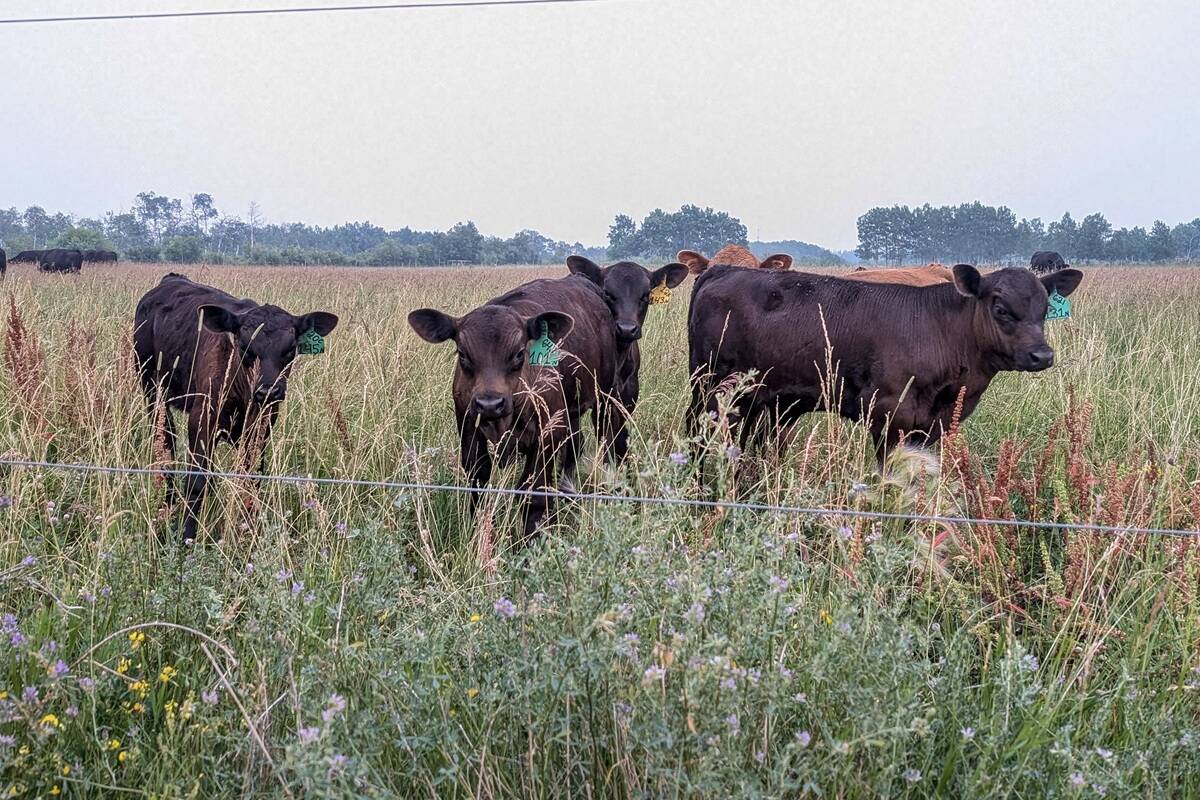September has started with a roar, with fresh lofty levels reached on all weight categories and classes of feeder cattle. The slower summer period gave feedlot operators a chance to rejuvenate and there was no shortage of optimism and energy at auction barns across the Prairies. The equity building over the past year has resulted in a surge of unprecedented buying power which appeared to strengthen throughout the week.
Prices in the non-major feeding areas were $3 to $6 per hundredweight (cwt) higher while in southern Alberta, values were $6-$8/cwt higher. Calves under 700 pounds were extremely strong, jumping as much as $10/cwt. Alberta packers were buying fed cattle in the range of $158-$160/cwt this past week, despite a softer tone in the wholesale beef market. However, feeding margins appear profitable looking forward and there is comfortable room for additional upside if the fed market holds up at the higher levels.
Read Also

‘Not a happy Trump supporter’: U.S. Cattle ranchers hit by push for lower beef prices
Much like the price of eggs during the Biden administration, the cost of beef has become an emblem of the affordability crisis in Donald Trump’s America. Beef prices hit record highs earlier this year as the cattle herd shrank and consumer demand remained strong.
Lethbridge feed barley remains under pressure, trading at $167 per tonne delivered feedlot, and adverse weather has confirmed a burdensome feed grain supply this winter.
Steers in the range of 910 to 950 lbs. from south-central Saskatchewan were quoted at $222/cwt landed in southern Alberta feedlot. In central Alberta, larger-frame medium-flesh Charolais-based steers averaging 830 lbs. were traded at $224/cwt. Steer calves in the range of 600 to 700 lbs. sold from $245 to $260/cwt in eastern Manitoba, with exotic cattle trading in the upper end of the ranges at most auction market reports.
The U.S. feeder market was $5-$8/cwt higher on average, with 834-lb. steers selling for US$237/cwt in Valentine, Nebraska; U.S. fed cattle jumped $7/cwt, reaching US$163/cwt in Kansas. Strength in the U.S. market definitely led the Canadian values higher and set the stage for firmer prices late in the week.
Feedlot inventories in Alberta and Saskatchewan are at seasonal lows, which has spurred excessive demand early in the fall run. Feedlot managers want to fill up as quick as possible given the margin structure and waiting has been a costly endeavour in past years.
— Jerry Klassen is a commodity market analyst in Winnipeg and maintains an interest in the family feedlot in southern Alberta. He writes an in-depth biweekly commentary, Canadian Feedlot and Cattle Market Analysis, for feedlot operators in Canada. He can be reached by email at [email protected] for questions or comments.















